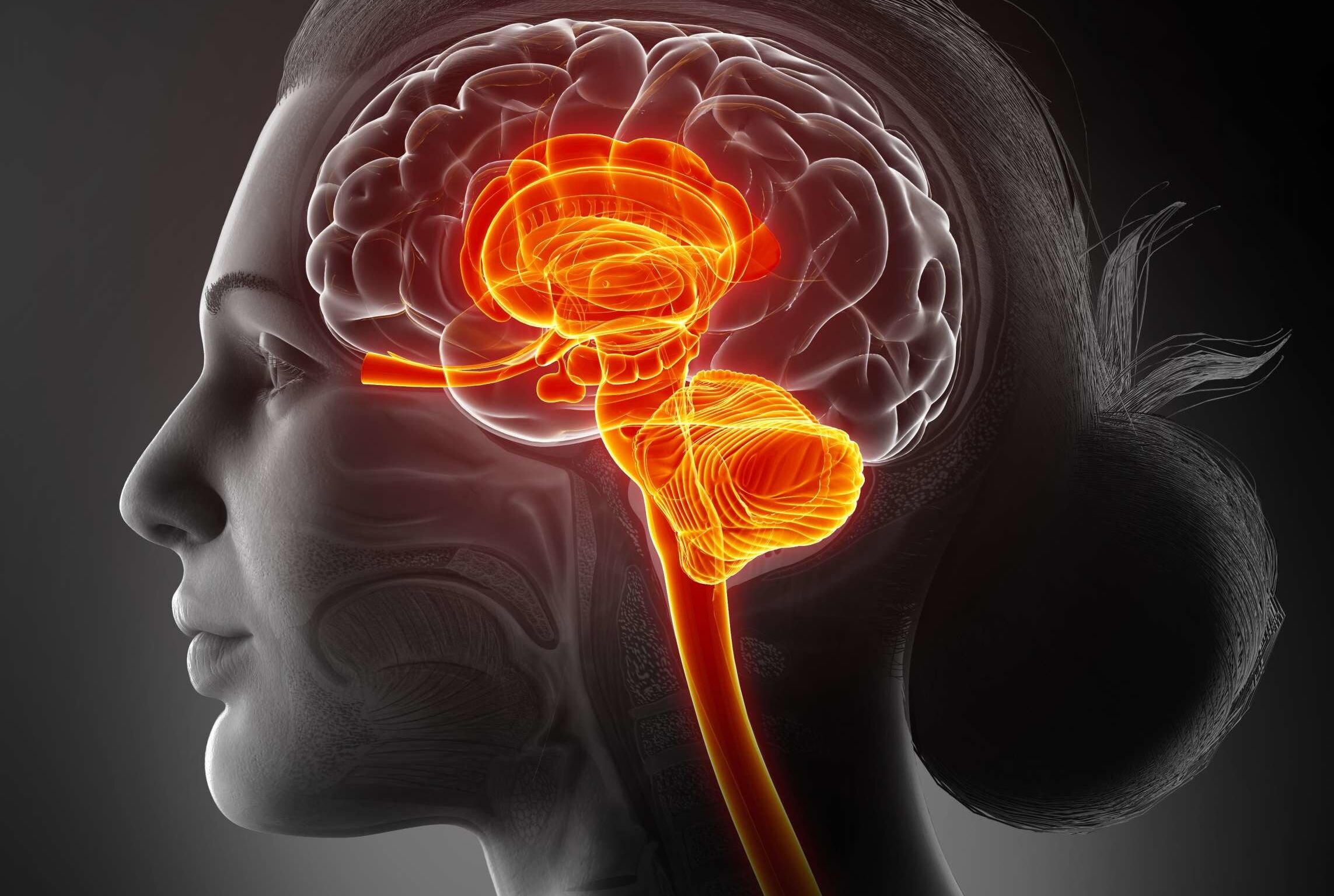
Short-term treatment with long-term results
There are reported to be over 300 different types of headaches and migraines - cluster headaches, tension headaches, menstrual migraine, migraines with or without aura, just to name a few, but can there really be 300 different causes?
Dean Watson, a renowned Australian Musculoskeletal Physiotherapist, has determined that many headaches and migraines are caused by an over sensitised brain stem, and that careful assessment and treatment of the upper neck will desensitise the brain stem resulting in long-term relief from migraine or headache symptoms.
Headaches and migraines can have a negative impact on your quality of life. Until recent times, treatment has largely been reliant on medication to relieve symptoms. Now there is an internationally-renowned, drug-free solution that is clinically proven to relieve symptoms of headaches and migraines.
The team at Auckland's new Headache & Migraine Clinic have specific training in this approach, and are backed by years of physiotherapy experience.
Understanding the origin of head pain
Disorders in the top three vertebrae can cause an overloaded or sensitised brain stem.
Your brain stem is located between your brain and your spinal cord, and is divided into 3 parts;. the medulla, the pons and the midbrain.
The medulla is the lower part of the brain stem and regulates our breathing, cardiac function (heart rate and blood pressure) and vomiting.
The midbrain is associated with our vision and hearing centres, motor control, sleep/wake cycles alertness and temperature control.
The pons acts as a connector of nerve tracts/signals between the brainstem and other higher brain centres.

The sensitised brain stem
Sensory nerves relay messages from stressed or overloaded joints, muscles, ligaments and discs in the upper cervical spine to an area in the brain stem known as the trigeminocervical nucleus (TCN). Sensory messages from the trigeminal nerves which supply feeling to the face and head also relay messages to the TCN.
These nerve messages converge in the TCN, before ascending to the brain. When the upper cervical vertebrae are under stress or undue load, the cervical nerves transmit more signals to the TCN, causing a ‘sensitisation’ of the brain stem or TCN.
When the brain is receiving an increase in signal from the brainstem, it tries to make sense of these signals and often comes to the conclusion that something serious is wrong. The brain cannot work out easily whether the problem is coming from the upper cervical nerves or the trigeminal nerve and so will send pain to both areas; the neck, head and face.
The head pain generated, is the brains way of ‘warning’ us that something is wrong. But this pain is often out of proportion to the original problem in the upper cervical spine.
Our Approach
We focus on the upper joints of your neck, gently assessing the movement and position of these segments. During your initial assessment, we will be looking to reproduce your familiar area of head pain to identify the joints involved. While you may feel concerned about having your head pain reproduced, this pain will resolve quickly when we remove our hands, or resolve slowly as we sustain a treatment technique on these involved segments.
Once, we have confirmed that your neck is involved, we carry out 5 sessions of gentle, sustained manual therapy techniques to restore movement, position and function to the top three vertebrae of your neck. Treatment does not involve any 'clicking' or 'cracking' of the neck. We expect to see improvement within the first 2 weeks of your treatment or after 3-4 sessions.
This treatment is the only manual therapy approach clinically proven to desensitise a sensitised brain stem. Importantly, you are in control during all stages of assessment and treatment.
Can any health professional assess and treat my neck?
The Watson Headache® Approach has been developed and refined over twenty years of clinical practise, research and treatment of over 8,000 migraine and headache patients. Only physiotherapists trained in the Watson Headache® Approach can deliver this treatment. Like everything in life, experience is essential. The more time your physiotherapist has spent training, assessing and treating headache and migraine patients, the more skill they will have developed to deliver this technique effectively.
Does the treatment work for everyone?
Your neck is highly likely to be the cause of your headaches or migraines so our manual therapy technique could help you. Your initial assessment will determine if your neck is the source of your head pain. If so, our approach is likely to provide you with long-term relief from the symptoms of your headache or migraine.
The approach is effective - over 80% of patients report an 80% reduction in migraine symptoms within the first 4 to 5 sessions, even if they had been suffering from migraine headaches for years.
The technique receives positive coverage by the media, and is seen as a promising alternative to using powerful medication to manage the symptoms of migraine headaches.
What about children?
Our approach is suitable for people of all ages, from young children to older adults. So long as your child is able to follow instructions and is comfortable receiving treatment, we can use this technique to help them. We’re finding more and more teenagers and young people seeking our help with headache and migraines. Increasing use of technology at school and at home with laptops, tablets and phones, is contributing to head pain. Long periods of looking down and a forward head posture, disrupt the equilibrium in the upper cervical spine … again proving the relevancy of the neck as a source of headache and migraine.

